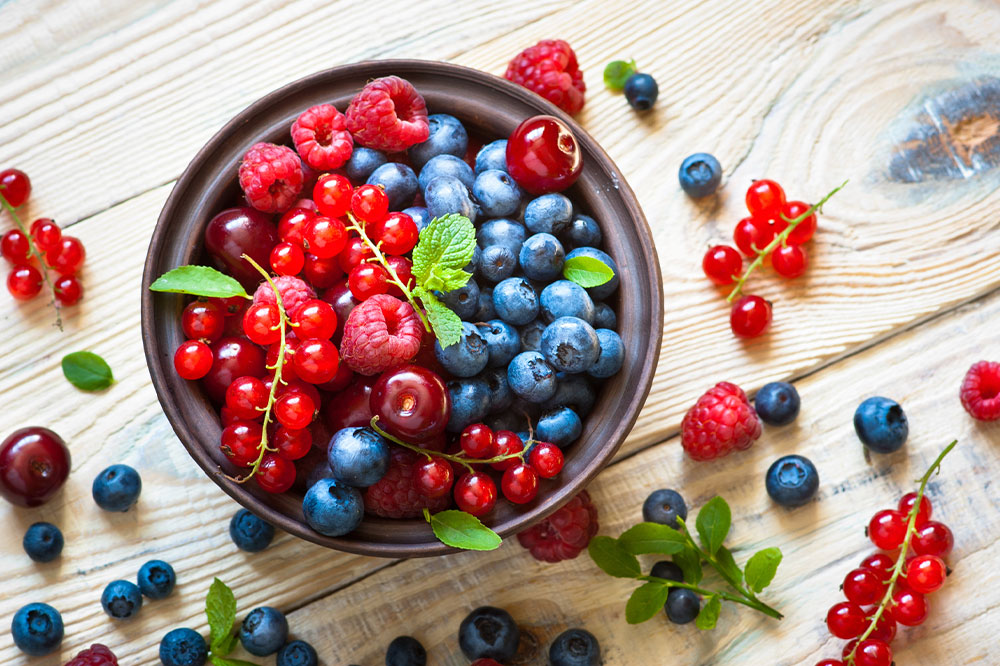Novavax and mRNA vaccines – Approach, production, storage, and more

Vaccines are biological preparations aimed at providing active, acquired immunity to an infectious or malignant disease. In the past few years, mRNA and Novavax vaccines have been administered to control the spread of the coronavirus. mRNA and Novavax vaccines have garnered significant attention for their efficacy and rapid development. This article attempts to shed light on the Novavax vaccine and highlights the key differences that set it apart from mRNA vaccines.
Novavax’s approach
Novavax’s COVID-19 vaccine, known as NVX-CoV2373 or simply Novavax, is built upon a different platform than the mRNA vaccine. It belongs to a category of vaccines called protein subunits. The fundamental principle of protein subunit vaccines is to introduce a harmless part of the virus into the body to stimulate an immune response without causing the infection.
In the case of Novavax, the vaccine is formulated using a small piece of the spike protein found on the surface of the SARS-CoV-2 virus, which is responsible for facilitating entry into human cells. This spike protein is produced in the lab and serves as the antigen, which triggers an immune response. The immune system recognizes this foreign protein as a potential threat and develops antibodies against it. These antibodies are then ready to neutralize the spike protein if the person is later exposed to the actual virus.
mRNA’s approach
mRNA vaccines utilize a unique approach. Instead of using a piece of the actual virus protein, they rely on a small piece of genetic material called messenger RNA (mRNA). This mRNA carries instructions to cells to produce a harmless spike protein similar to the one found on the SARS-CoV-2 virus. The immune system recognizes this spike protein as foreign and generates an immune response, just as it does with the Novavax vaccine. The critical difference is that the mRNA vaccines directly introduce genetic instructions, while Novavax uses a pre-made protein.
Storage and distribution
One of the most significant differences between Novavax and mRNA vaccines is their storage and distribution requirements. Some mRNA vaccines need to be stored at extremely low temperatures, requiring ultra-cold storage at around -70°C (-94°F). Other mRNA options are kept at sub-zero temperatures but below the 70°C threshold. In contrast, Novavax’s protein subunit vaccine is far more forgiving in terms of storage. It can be stored at standard refrigerator temperatures of 2°C to 8°C (36°F to 46°F), which makes it more practical for distribution and administration in various settings, especially in regions with limited access to advanced cold storage infrastructure.
Efficacy and effectiveness
Novavax and mRNA vaccines have demonstrated impressive efficacy in healthcare trials, but their effectiveness may vary against specific virus variants. mRNA vaccines have shown high effectiveness against the original strain of the virus and several variants. However, their efficacy may decrease against some new variants that have emerged. Novavax, while effective against the original strain, has shown good results against certain variants, such as the Alpha and Beta variants. Its protein-based approach may offer some advantages, as the immune system is exposed to the entire spike protein, potentially generating a broader immune response.
Production and scalability
Another crucial difference between Novavax and mRNA vaccines is their production process and scalability. mRNA vaccines are relatively quick to develop and adapt, as they rely on synthesizing the genetic instructions for the spike protein. This process could be modified relatively easily to target new variants. Novavax’s production process is somewhat more complex, as it involves growing the spike protein in culture and then purifying it for vaccine formulation. This process may take more time and resources. However, protein subunit vaccines like Novavax can be produced on a larger scale with well-established manufacturing techniques.
Safety profiles
mRNA vaccines and Novavax have shown favorable safety profiles in trials and in real-world usage. One may experience side effects such as pain in the area where the vaccine was introduced, fatigue, and a mild fever. But these are short-term and indicative of the body’s immune response. Serious adverse events are exceedingly rare for both vaccine types. It’s worth noting that vaccine safety is continually monitored, and any emerging concerns are thoroughly investigated. However, the overall safety record of both Novavax and mRNA vaccines remains positive.
Administration
The Novavax vaccine is authorized for emergency use to provide a two-dose primary series for individuals 12 years of age and older. It is also approved for emergency use as a first booster dose for the following individuals at least six months after completion of primary vaccination with an authorized or approved COVID-19 vaccine. This applies to the following:
- Individuals 18 years of age and older for whom an FDA-authorized mRNA bivalent COVID-19 booster vaccine is not accessible or clinically appropriate
- Individuals 18 years of age and older who elect to receive the Novavax COVID-19 Vaccine, Adjuvanted, as they would otherwise not receive a booster dose of a COVID-19 vaccine
The FDA also amended and approved the mRNA vaccines for emergency use by various individuals. This action includes authorizing the current bivalent vaccines (original and omicron BA.4/BA.5 strains) to be used for all doses administered to individuals six months of age and older, including for an additional dose or doses for certain populations. Those who desire the latest and most precise details of the vaccine dosage and requirements should consult with an expert or the nearest healthcare center.
To conclude
In the quest to curb the spread of the virus, multiple vaccine options are available, each with its own unique characteristics. Novavax’s protein subunit vaccine distinguishes itself from the mRNA vaccines by using pre-made spike proteins rather than genetic instructions. Additionally, Novavax’s storage and distribution requirements are less stringent, making it more accessible in resource-limited settings.
Ultimately, the choice between these vaccines depends on various factors, including availability, storage capabilities, and individual preferences. However, the common goal remains the same: achieving widespread vaccination to achieve herd immunity and end the global pandemic.
One should also consult with an expert or their doctor, who is usually the best individual to check with about Novavax and the mRNA vaccine.
Source
1. https://www.fda.gov/vaccines-blood-biologics/coronavirus-covid-19-cber-regulated-biologics/novavax-covid-19-vaccine-adjuvanted
2. https://www.genome.gov/genetics-glossary/messenger-rna


